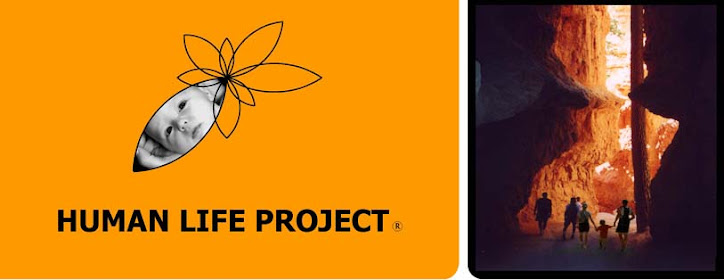Recent bloggers are requesting more background information on the Human Life Project. The human life project links the natural/built environment with the family.
The image at the top right corner is from Bryce Canyon National Park. If you look closer, the rock formation reveals the profile of a face with a family walking through the narrow slot canyon. Environmental groups focus on ensuring our natural surroundings remain intact for future generations. The Human Life Project connects the health of the earth with the level of commitment in human relationships. With the state of our natural surroundings and families rapidly declining, combining the two unites an expansive network of people towards a common goal of sustaining all life.
As an architect and mother, it occurred that we build larger homes for fewer people and more possessions. A cultural shift is taking place by a drop in birth rates across almost every nation in the world. Europe is experiencing the most dramatic population decline. Some environmental groups today view the family as working against living in harmony with nature, as the dedicated unit within society that increases population and rapidly consumes resources. However, the spotlight is now on the family in determining which nations and cities will sustain over time by ensuring the continuation of human life.
Content of the Human Life Project explores sustainable/healthy patterns in three categories: nature, family, and community. Within each category, blog postings focus on a variety of topic areas listed below. Any supporting articles or web links would greatly be appreciated for future discussion. The goal is to identify and implement healthy living patterns both in our families and communities.
Nature: Renewable energy, recycling, natural resources, organic/local food, green products, outdoor living, and recreation
Family: Relationships, human life development, marriage, parenthood, children, fertility, demographics, and population.
Community: Quality of life, sustainable/green communities, green building design, urban planning, transportation, housing, culture, social interaction, and technology.
Thursday, June 26, 2008
Subscribe to:
Post Comments (Atom)

No comments:
Post a Comment